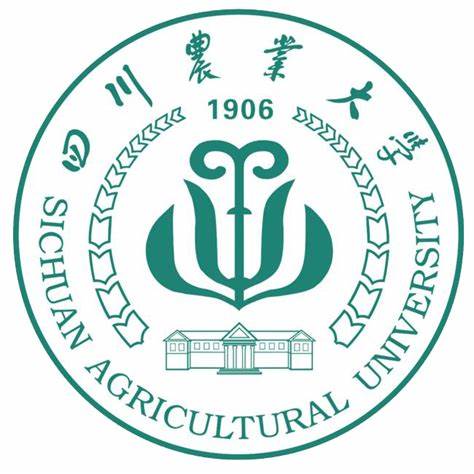Development of wheat-tetraploid Thinopyrum elongatum 4EL small fragment translocation lines with stripe rust resistance gene Yr4EL
作者: 刁圣轩 审稿人:魏育明 时间: 2024-10-30 点击次数:次
https://link.springer.com/article/10.1007/s00122-024-04756-0
Theoretical and Applied Genetics,Volume 137, article number246,04 October 2024
Biran Gong,Jing Gao,Yangqiu Xie,Hao Zhang,Wei Zhu,Lili Xu,Yiran Cheng,Yi Wang,Jian Zeng,Xing Fan,Lina Sha,Haiqin Zhang,Yonghong Zhou,Dandan Wu,Yinghui Li&Houyang Kang
Key message
Two small fragment translocation lines (T4DS·4DL-4EL and T5AS·5AL-4EL) showed high resistance to stripe rust and resistance geneYr4ELwas localized to an about 35 Mb region at the end of chr arm 4EL.
Abstract
Stripe rust, caused by the fungusPuccinia striiformisf. sp.tritici, is a devastating wheat disease worldwide. Deployment of disease resistance (R) genes in wheat cultivars is the most effective way to control the disease. Previously, the all-stage stripe rustRgeneYr4ELfrom tetraploidThinopyrum elongatumwas introduced into common wheat as 4E(4D) substitution and T4DS·4EL translocation lines. To further map and utilizeYr4EL, Chinese Spring (CS) mutant pairing homoeologous geneph1bwas used in crossing to induce recombination between chromosome (chr) 4EL and wheat chromosomes. Two small fragment translocation lines T4DS·4DL-4EL and T5AS·5AL-4EL withYr4ELresistance were selected using molecular markers and confirmed by genomic in situ hybridization (GISH), fluorescence in situ hybridization (FISH), and Wheat 660 K SNP array analyses. We mappedYr4ELto an about 35 Mb region at the end of chr 4EL, corresponding to 577.76–612.97 Mb based on the diploidTh. elongatumreference genome. In addition, two competitive allele-specific PCR (KASP) markers co-segregating withYr4ELwere developed to facilitate molecular marker-assisted selection in breeding. The T4DS·4DL-4EL lines were crossed and backcrossed with wheat cultivars SM482 and CM42, and the resulting pre-breeding lines showed high stripe rust resistance and potential for wheat breeding with good agronomic traits. These lines represent new germplasm for wheat stripe rust resistance breeding, as well as providing a solid foundation forYr4ELfine mapping and cloning.


